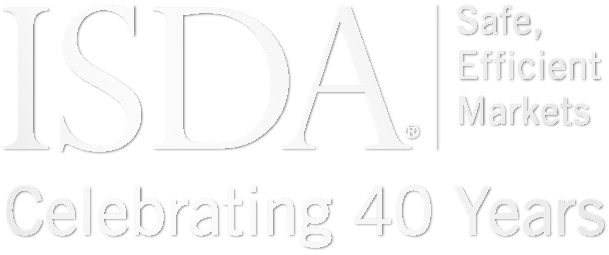These FAQs address the Regulatory Technical Standards (RTS) published in the EU Official Journal in May 2018, which set out the procedures for excluding third-country non-financial counterparties (NFCs) from the Credit Value Adjustment (CVA) capital risk charge under the Capital Requirements Regulation (CRR).
We have divided the FAQs into three sections related to the scope of the RTS, the requirements applicable under the RTS and the potential effects resulting from the current review of the European Market Infrastructure Regulation (EMIR Refit) and Brexit.
The responses to these FAQs involve an assessment of the existing requirements and their implications for firms; but do not constitute exhaustive nor definitive answers.
Disclaimer: This page does not contain legal advice and merely is intended as an information resource to assist market participants in planning and assessing for the identification of non-EU NFCs for the purpose of CVA requirements under CRR. For a legal interpretation of the rules, market participants should take independent counsel advice on the points addressed in these FAQs.
Documents (1) for ISDA FAQs on the Procedures for Excluding Non-EU Non-financial Counterparties Under the Capital Requirements Regulation
Latest
Future Path - IQ December 2025
At the start of ISDA’s 40th anniversary year, IQ convened the pioneers of the association to reflect on how a desperate need for standardization in the early days of the derivatives market brought dealers together to develop a dictionary of...
Steps to a Vibrant Derivatives Market: SOM Remarks
Steps to a Vibrant and Resilient Derivatives Market December 4, 2025 Remarks at the Mediterranean Partnership of Securities Regulators Scott O’Malia ISDA Chief Executive Officer Good afternoon and thank you to the Mediterranean Partnership of Securities Regulators (MPSR) for...
ISDA Response to BoE on Gilt Market Resilience
On November 28, ISDA responded to the Bank of England’s discussion paper on gilt market resilience. ISDA encourages the Bank of England, before introducing any significant policy changes that would affect the functioning of the gilt repo market, to consider...
Addressing Termination Troubles
When Enron announced a shock $618 million loss on October 16, 2001, it took a further 47 days until it filed for bankruptcy. For Bear Stearns, it took 266 days between its bailout of a structured credit fund run by...



